Henning Schulzrinne
Roadmap for Edge AI: A Dagstuhl Perspective
Nov 27, 2021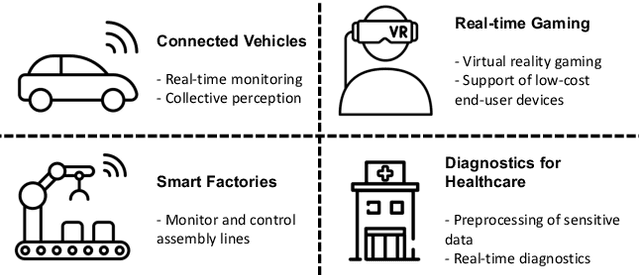
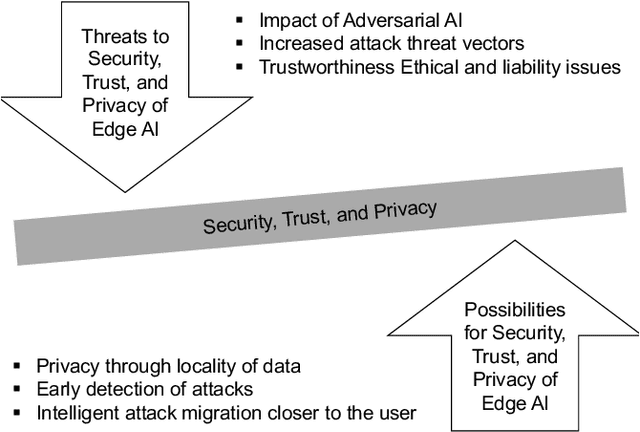
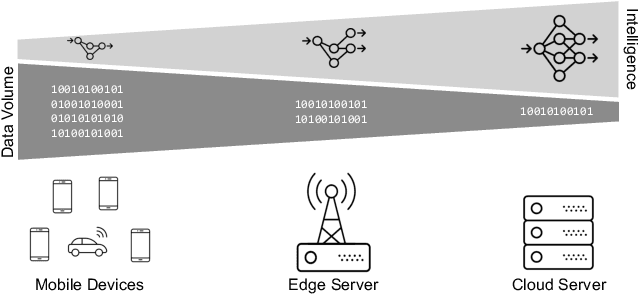

Abstract:Based on the collective input of Dagstuhl Seminar (21342), this paper presents a comprehensive discussion on AI methods and capabilities in the context of edge computing, referred as Edge AI. In a nutshell, we envision Edge AI to provide adaptation for data-driven applications, enhance network and radio access, and allow the creation, optimization, and deployment of distributed AI/ML pipelines with given quality of experience, trust, security and privacy targets. The Edge AI community investigates novel ML methods for the edge computing environment, spanning multiple sub-fields of computer science, engineering and ICT. The goal is to share an envisioned roadmap that can bring together key actors and enablers to further advance the domain of Edge AI.
SynGAN: Towards Generating Synthetic Network Attacks using GANs
Aug 26, 2019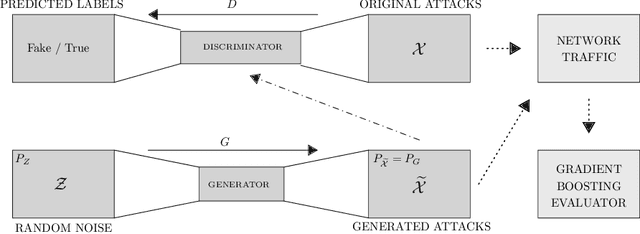

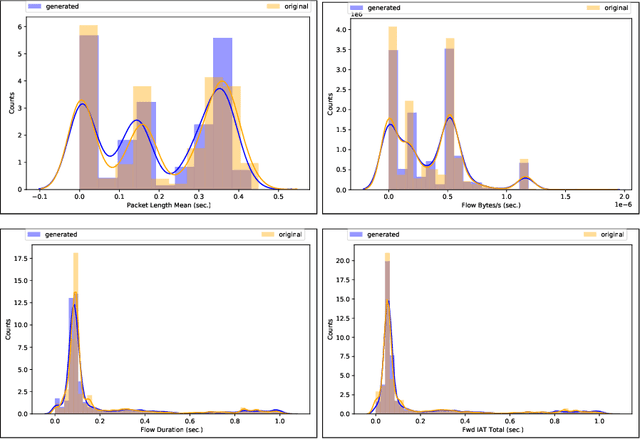
Abstract:The rapid digital transformation without security considerations has resulted in the rise of global-scale cyberattacks. The first line of defense against these attacks are Network Intrusion Detection Systems (NIDS). Once deployed, however, these systems work as blackboxes with a high rate of false positives with no measurable effectiveness. There is a need to continuously test and improve these systems by emulating real-world network attack mutations. We present SynGAN, a framework that generates adversarial network attacks using the Generative Adversial Networks (GAN). SynGAN generates malicious packet flow mutations using real attack traffic, which can improve NIDS attack detection rates. As a first step, we compare two public datasets, NSL-KDD and CICIDS2017, for generating synthetic Distributed Denial of Service (DDoS) network attacks. We evaluate the attack quality (real vs. synthetic) using a gradient boosting classifier.
Predicting Floor-Level for 911 Calls with Neural Networks and Smartphone Sensor Data
Sep 15, 2018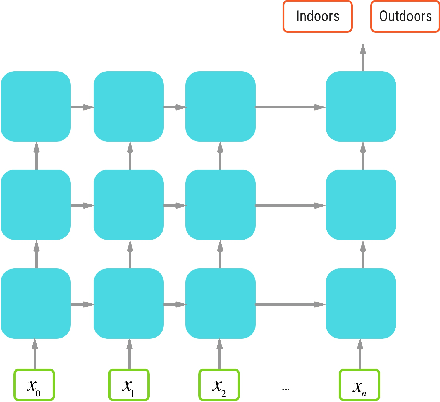
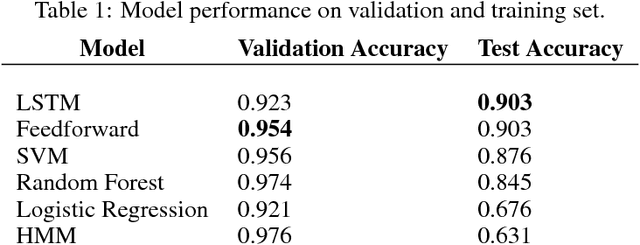

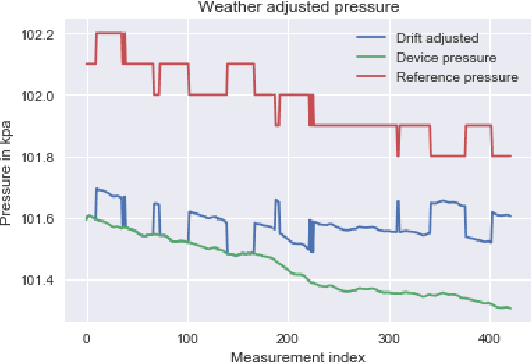
Abstract:In cities with tall buildings, emergency responders need an accurate floor level location to find 911 callers quickly. We introduce a system to estimate a victim's floor level via their mobile device's sensor data in a two-step process. First, we train a neural network to determine when a smartphone enters or exits a building via GPS signal changes. Second, we use a barometer equipped smartphone to measure the change in barometric pressure from the entrance of the building to the victim's indoor location. Unlike impractical previous approaches, our system is the first that does not require the use of beacons, prior knowledge of the building infrastructure, or knowledge of user behavior. We demonstrate real-world feasibility through 63 experiments across five different tall buildings throughout New York City where our system predicted the correct floor level with 100% accuracy.
 Add to Chrome
Add to Chrome Add to Firefox
Add to Firefox Add to Edge
Add to Edge